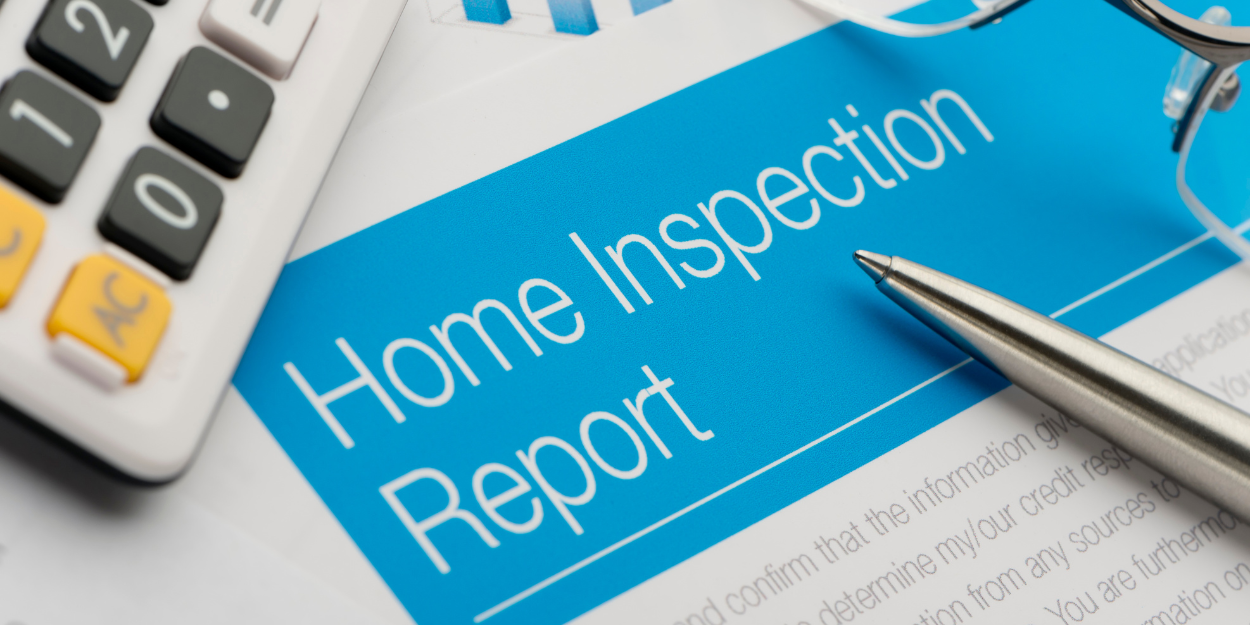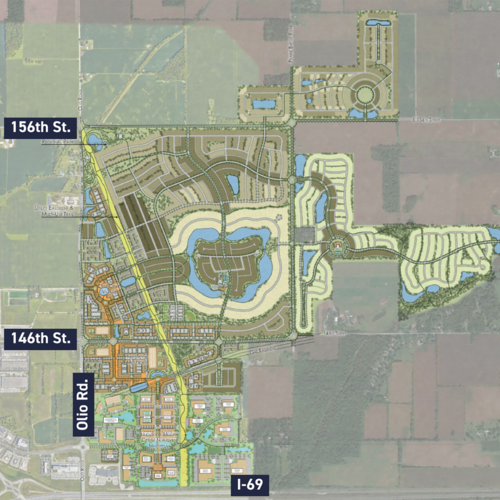Why a Home Inspection Is One of the Most Important Steps in Buying a Home
Buying a home is one of the biggest investments most people will make in their lifetime. It’s exciting—but it also comes with a lot of responsibility. One of the most crucial steps in the homebuying process is the home inspection. This step helps protect you from buying a home that might have hidden issues and gives you a clear understanding of the property’s condition before you close the deal.
A home inspection typically happens after your offer is accepted and during your due diligence or inspection period. It allows you to assess whether the property is safe, well-maintained, and worth the price you’ve agreed to pay. Whether you’re buying a starter home or your forever home, the inspection helps you make an informed decision.
What to Expect During a Home Inspection
Most home inspections take two to four hours, depending on the size, age, and condition of the home. Typically, the inspector, buyer, and buyer’s agent attend. Some sellers choose to be present, but it’s usually a time for buyers to take a close look at the property they’re about to purchase.
During the inspection, the inspector will do a comprehensive evaluation of the property’s major systems and components, including:
-
Foundation, basement, and structural components
-
Roof, gutters, and attic
-
Electrical systems and outlets
-
Plumbing systems and visible pipes
-
HVAC systems (heating and cooling)
-
Windows, doors, and insulation
-
Appliances that stay with the home
-
Garage and exterior grading
However, there are limitations. Inspectors won’t perform invasive testing (like cutting into walls), and they won’t typically inspect areas that are not accessible. Some items, such as septic systems, sewer lines, or chimneys, may require a separate specialized inspection.
What’s Included in the Inspection Report
After the inspection, the inspector will provide a written report—often within 24 to 48 hours. This document outlines all the issues found, from minor maintenance needs to major concerns. The report typically includes photos, descriptions of problem areas, and notes on components that are near the end of their life span.
Common items you might see include worn roofing materials, outdated electrical panels, slow drains, or signs of water intrusion. Some findings are common in older homes and not necessarily cause for alarm. Others, like foundational cracking or active leaks, could require further evaluation or repairs.
Not all issues are created equal. Your Lockstep Realty agent will help you prioritize the findings and determine what’s worth negotiating with the seller, what’s a safety issue, and what’s simply cosmetic.
Additional or Specialized Inspections to Consider
While the standard home inspection is thorough, there are other inspections that may be wise depending on the home’s age, location, or features:
-
Radon testing: Especially common in Indiana, this odorless gas can be a health risk.
-
Termite or WDI inspection: Required by some lenders and important in areas with known pest activity.
-
Sewer scope: A camera inspection of the main sewer line, especially recommended for older homes.
-
Mold or asbestos testing: If the home shows signs of moisture issues or was built before the 1980s.
-
Chimney inspection: For homes with wood-burning fireplaces or older masonry chimneys.
Your real estate agent can recommend which inspections are most appropriate for the specific home you’re purchasing.
What to Do After the Home Inspection
Once you receive the report, it’s time to go over it with your agent. Together, you’ll determine if there are major items worth negotiating or if the report brings up any deal-breakers. In Indiana, buyers often request either repairs or monetary credits toward closing costs to offset the cost of handling issues after closing.
If the seller agrees to make repairs, you may schedule a re-inspection before closing to ensure the work was completed correctly. In rare cases, if the inspection uncovers serious issues that can’t be resolved, the buyer may choose to terminate the contract within the inspection contingency window.
Your Lockstep agent will guide you through this process, helping you respond quickly and strategically to keep your deal moving forward.
How Lockstep Realty Guides Buyers Through the Inspection Process
At Lockstep Realty, we understand that the inspection process can feel overwhelming—especially for first-time homebuyers. That’s why we walk with you step-by-step to explain what’s happening, what’s negotiable, and what to watch out for.
We have a trusted network of inspectors and vendors we can connect you with, so you’re not left scrambling to find someone on short notice. Once the inspection report is in hand, we’ll review it with you, answer your questions, and help you identify which items are safety concerns, which are routine maintenance, and which are worth pushing back on during negotiations.
We’re not just here to open doors—we’re here to protect your investment and make sure you move forward with confidence.
Frequently Asked Questions
What does a home inspection cover? A home inspection covers the structure, roof, electrical, plumbing, HVAC, insulation, and major systems of the home. It does not include cosmetic issues or specialized components unless noted.
How much does a home inspection cost? In Indiana, the average home inspection costs between $350 and $500, depending on the size of the home and any additional tests requested.
Should I attend the inspection? Yes, it’s highly recommended. You’ll gain a better understanding of the home’s condition and can ask the inspector questions in real time.
Can I back out of the deal after the inspection? This is something you should discuss with your agent. Reach out to your Lockstep Realty agent with any questions.
What is the biggest red flag during an inspection? Structural damage, mold, significant water intrusion, or electrical hazards are typically the most serious concerns and may require further evaluation.



